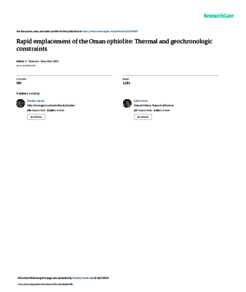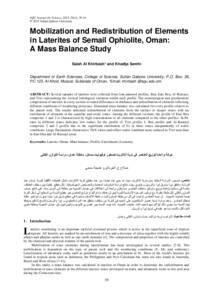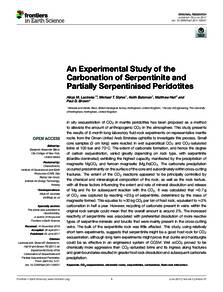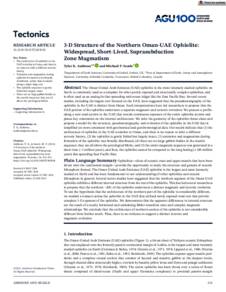Document
Rapid emplacement of the Oman ophiolite : thermal and geochronologic constraints.
Identifier
DOI: 10.1029/96TC01973
Source
Tectonics. v. 15, 6, p. 1230-1247
Contributors
Mosenfelder, J. L., Author
Gnos, E., Author
Country
United States.
City
Washington
Publisher
American Geophysical Union.
Gregorian
1996-12-01
Language
English
Subject
English abstract
In understanding of ophiolite emplacement requires knowledge of the elapsed time between igneous crystallization and intraoceanic thrusting, and the rate and duration of that thrusting. Hornblende 40Ar/39Ar ages demonstrate that the igneous oceanic crust in Oman crystallized and cooled to ∼825 K in 1-2 m.y. Hornblende ages from metamorphic rocks and from cross-cutting dikes require that the basal metamorphic thrust fault beneath the ophiolite also cooled below ∼825 K in 1-2 m.y. Motion along the sole thrust accounted for 200 km of displacement at a rate of 100-200 mm/yr. On the basis of age relationships and thermal considerations, we favor a two-stage model for the initial stages of Samail ophiolite emplacement: intraoceanic thrusting over 2-m.y.-old lithosphere at 150 km/m.y. parallel to a spreading ridge for 1-2 m.y., followed by equally rapid and brief thrusting over cold and old lithosphere. Preservation of the Samail ophiolite is a direct result of its young age and positive buoyancy at the time of ocean closure, and we propose that all ophiolites that originated near spreading centers and were emplaced onto continents were young at the time of intraoceanic thrusting.
ISSN
0278-7407
Category
Journal articles




